GIOVANNI MORBIN
Recomposition
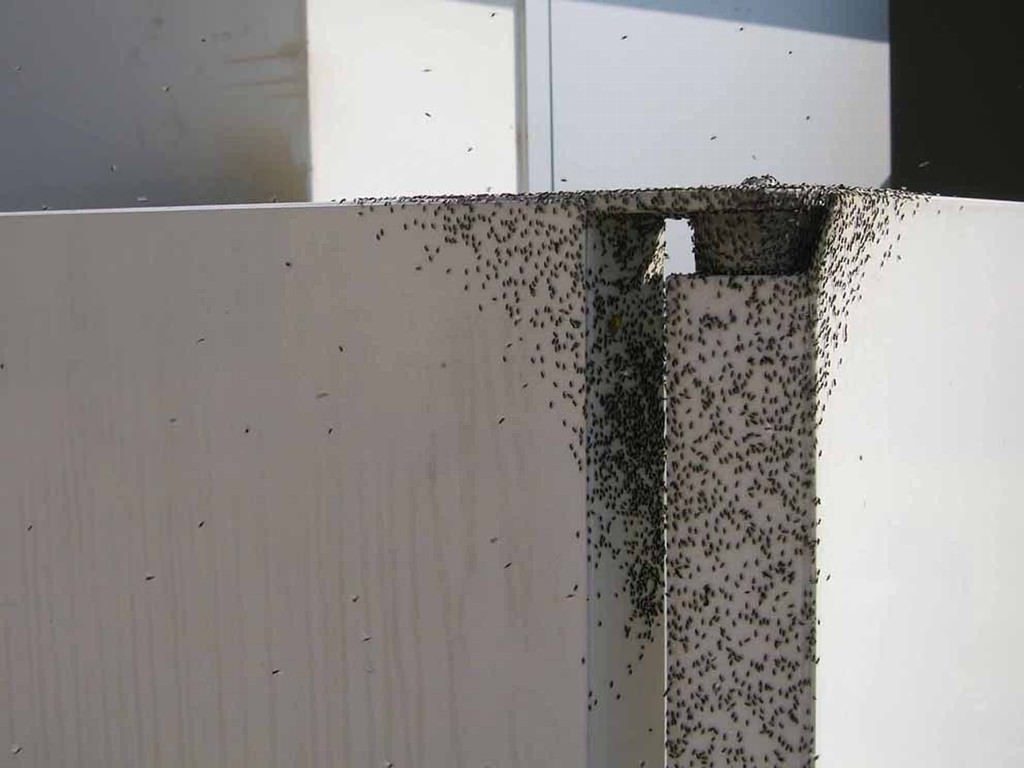
Giovanni Morbin, Ricomposizione, 2008 – Photographic print
.
OPENING: Saturday, 22 November 2008 – h 6.30 pm
24 November 2008 – 27 January 2009
.
After the 2005 solo show “I’ve got you under my skin”, Artericambi presents a new solo show by Giovanni Morbin entitled “Recomposition“.
After the recent scandals aroused by his work entitled “flower box” exhibited during the Artissima fair in the gallery stand, the exhibition allows us to better understand Morbin’s artistic attitude, which is more focused on the processes of interpreting signs than on the sign in itself. The recomposition exhibition is presented as an organic project, consisting of autonomous works that revolve around the same theme and tension. The minimal presences and interventions – such as the plasterboard wall wound by a glass plate that becomes a support and filter “for the other”, a “false video” and a sound installation – aim to distort and highlight the diaphragms of the architectural space, inviting the viewer to reflect on his presence in that specific container. This focus on the encounter between the phenomenon and the user, in order to raise his normal level of attention in managing everyday life, is now enriched with a question on what we can consider today as a sculpture. The answer, always coveted by Morbin in his artistic research, seems to coincide and be resolved in the sculptural gesture, by virtue of the fact that today any product could be presented as a sculpture. It is the process and the ability of the “product” to become a new device to stimulate the observer’s imagination that interest the artist.
The 2006 anti-matter work is a polystyrene cube that bears a blackened surface. In this case, the purity and conceptual immateriality of geometric abstraction are confronted with the physicality of the informal material. In reality, the work is the product of the action of consuming a metal object by means of a grinder to obtain incandescent scraps, which, shot against the cube, are hollowed out and sculpted. This presence due to its surreal immanence, even before becoming aware of the process and the gesture, brings out in the observer the feeling that it is something other than a simple work of geometric abstraction of Gestaltian memory, but that goes beyond even to the simple dimension of the object stolen from the true experience of reality.
His works are an attempt to make two apparently different modes of codification of signs coexist: that of art and geometric abstraction with that of life linked to more codified expressions such as those of politics (this is also evident with previous works such as Fontana 2006, portraits of people with blood on paper simulating capillaries, with new strength from 2005 or Spacewalk from 2005). His motive is to highlight and reflect on how we interpret the signs that are offered to us and that we produce or feed on a daily basis. For this reason, it is a work on identity and security that man provides himself to manage his presence in the world, whether it is commonplaces or even more refined signs linked to the sublimation of ideas, as is the case. of works of art. This could contrast with his apparently rational and analytical works on language and its structuring, but it is only the means to stimulate an atmosphere and condition of wonder and epiphany in the viewer to give more importance to his mental process of reflection than to the object. in itself or the process that led to it being there.
His work revolves around the concept of transformation of matter and creating an epiphany of the gaze on reality while we practice it. The “fake video” presents a sequence of photographs of the moment in which the artist in a romantic and unreal mountain landscape throws a handful of metal powder into the air, which first constituted a sculptural object then rendered formless, “presenting” the encounter between specific subject, space and time. The action is in suspension, it is a mantra: it never ends and never begins. With this work, the artist does not aim at the representation or testimony of a particular act but at evoking a feeling and an attitude of intensity of a gaze through the concretization of the concept of duration allowed by the conditions in which that act occurs. The dimension of duration, as Peter Hadke says, allows us to move between past and future and pay attention to the wonder of the encounter as a magical and unprecedented / original moment to reflect on one’s own awareness of things. Morbin, however, knows very well that in order to reflect on one’s own identity – in order not to be just an abstract analysis – it must also take place with respect to the relationship of the collective consciousness of which the individual is a part and with which he is confronted. For this reason, the 2008 antimatter sculptures attack and anchor themselves to the structural space of the gallery, such as the ceiling and the corners, to stimulate and pay more attention not so much to the forms to be seen passively, but to that void to fill and to walk through and to enjoy. . Only an act of sharing that space activates these devices, abstract sculptures / objects formed by small cubes that host different parts of the same photograph on their faces: that of the encounter between artist and landscape due to the fault or excuse of sculptural launches. In fact, the artist seems to note, phenomena do not exist in themselves but only as intentionality and project or when they are experienced, used and shared. This was already evident with previous works including Social Sculpture (2003), consisting of 400 turned stainless steel modules that alter the functional elements of everyday life like a virus (such as the legs of a table or the handle of a door that lengthen) , creating a new awareness of the spectator’s presence in the normal course of his daily gestures.
With this exhibition, the artist arrives at a next step. Things exist when not only when we use them but also when we imagine them and we have the courage to talk about possible interpretations to reflect on the relationship between history, memory, future and management of the present. In this perspective, we also better understand the work exhibited in the Artericambi stand at Artissima 2008. The planter work, consisting of a bas-relief on the wall in the shape of a swastika that houses flowers, forced the public to rethink how it was used that symbol and what it represents. People’s faces are mirrored in the aesthetic and reassuring structure as an accepted design element and must have daily attention from us to let the flowers survive inside and authorize its existence. By highlighting the mechanisms of collective communication, the artist warns that it is everyone’s responsibility to be aware of these mechanisms in order not to fall victim to them. The need for control and the need to discover reality, the two tensions that define the human soul, are resolved according to Morbin in the acceptance that not everything can be reduced to a scheme and that there remain meshes of rational inexplicability to the phenomena of reality, and precisely for this reason we must be clear and focus our attention on the will to understand the point of view from which we look and share the signs of and in the world.
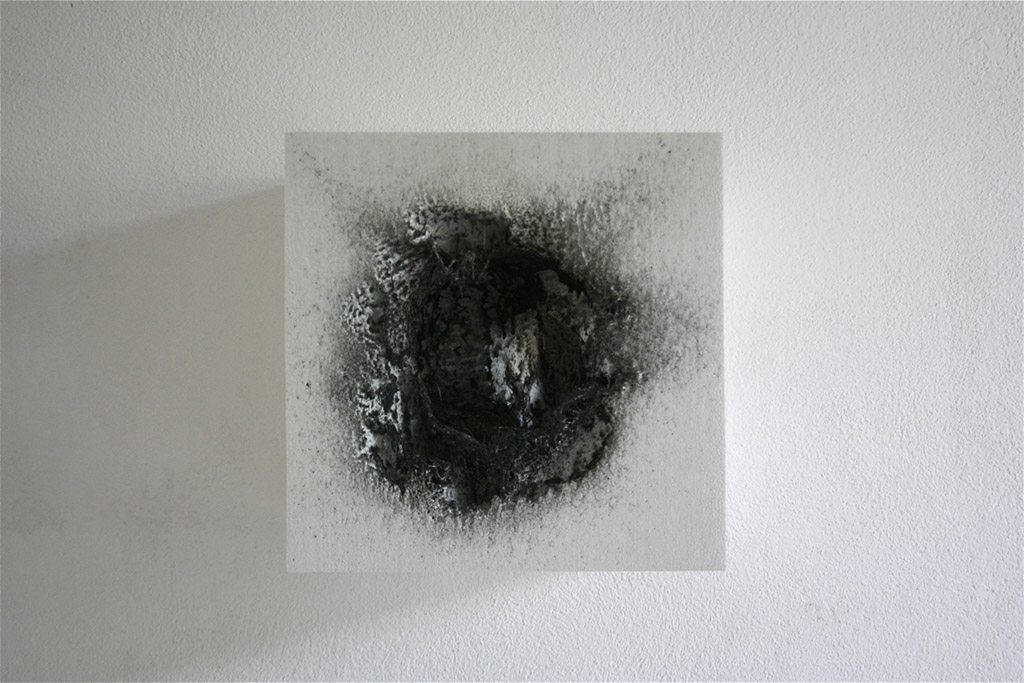
Giovanni Morbin, Antimateria cubo, 2008 – Polystyrene, wire powder, 16 x 16 inch
_______________________________________________________________________________________
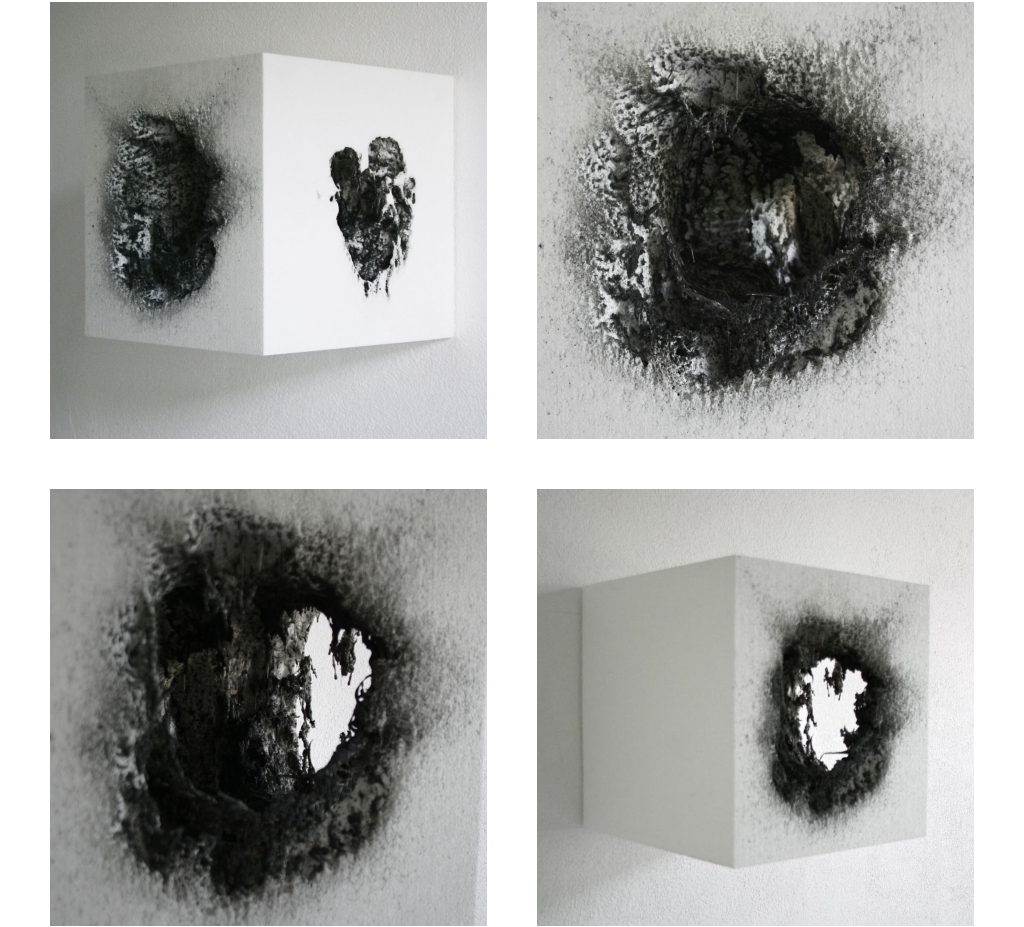
Giovanni Morbin, Antimateria cubo, 2008 – Polystyrene, wire metal, 16 x 16 inch
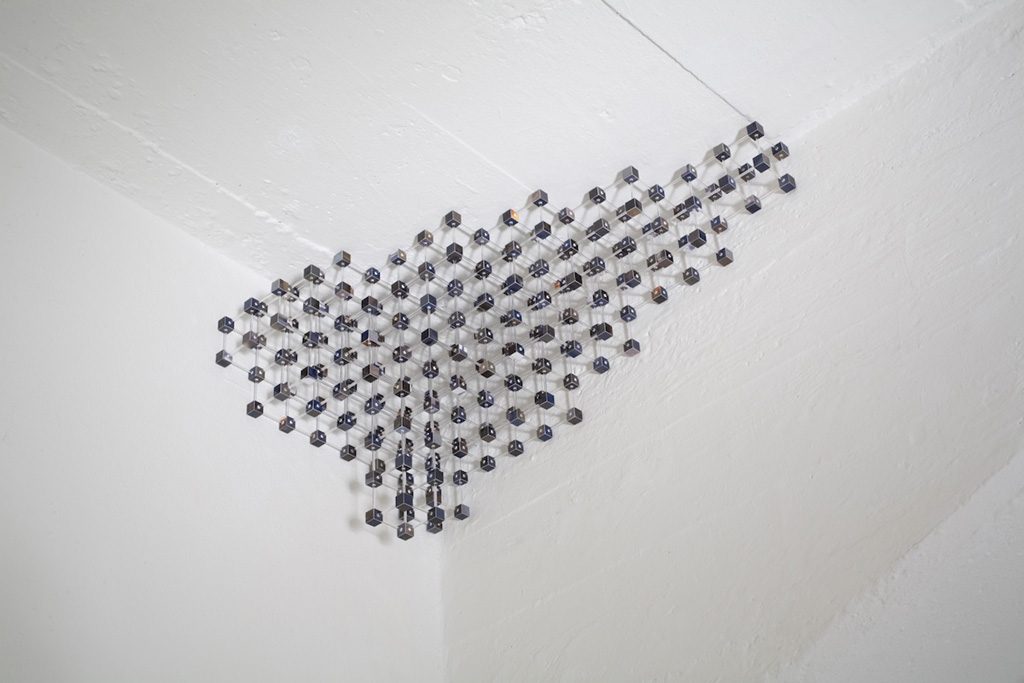
Giovanni Morbin, Antimateria, 2008 – 20 x 34 x 20 inch
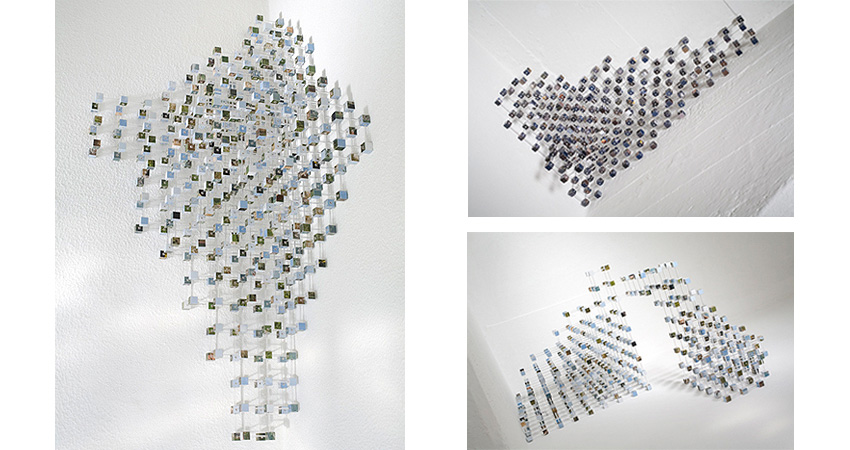
Giovanni Morbin, Antimateria, 2008 – Variable dimensions